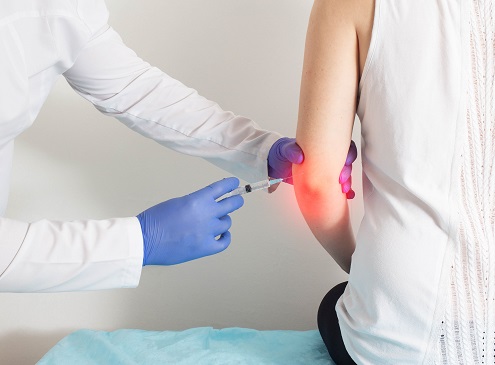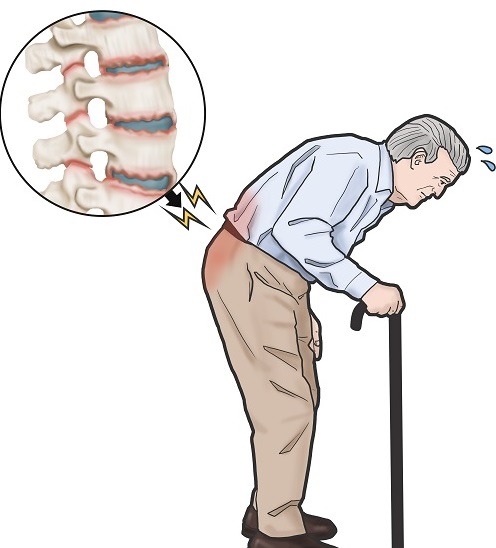Joint injection refers to drug injections applied into the joint. Intra-joint drug applications are often applied to relieve symptoms due to the disease or disorder of the joint.
In which cases can intra-joint injections be performed?
– Inflammatory joint diseases limited to one joint (inflammatory monoarthritis),
– Osteoarthritis (arthritis),
– Bursit,
– Tenosinovit
In the presence of the aforementioned diseases, intra-joint injections may be preferred to reduce pain in the joint, suppress inflammation and repair intra-joint structures.
What Drugs Are Used?
The most commonly used drugs in intra-joint injections are corticosteroid and local anesthetic combination drug applications. In addition, viscosupplamentary drugs that increase the fluidity of the joint fluid and strengthen the joint cartilage structure are used in intra-joint injections in agents such as 25% dextrose and PRP (plasma derives).
How to Apply Intra-Joint Injection?
Intra-joint applications necessarily require proper skin preparation due to the risk of infection. Before injection, the skin area is cleaned with skin antiseptic solutions (alcohol or povidin-iodin). Pillow support is provided under the knee and the knee is slightly flexed. In order to enter the intra-joint area, the area is determined by your doctor. After the target intervention point is determined, the knee joint is entered with a sterile needle. If there is excess fluid in the knee before injection, it is emptied. Then the drug content determined for injection is injected into the joint. It is a short application that takes 3-5 minutes. After injection, string bandages can be applied according to the doctor's preference. It is necessary to avoid knee overloads for 1-2 days after knee injection.
In recent years, intra-joint injections have been performed under the guidance of ultrasonography and scopy. Especially in deep joint injections such as hip joint and sacroiliac joint, imaging guided intra-joint injections reduce the risk of complications. Considering radiation safety, intra-joint injections guided by ultrasonography are becoming increasingly common.
How Often Are Intra-Joint Injections Applied?
The frequency of application may vary from patient to patient according to the drug applied, the course of the patient's complaint and the decision of the physician. Steroid-containing therapies are not recommended to be applied to the same region more than 3 times a year. Viscosupplementary drugs can be administered in the form of 3 or 5 doses depending on the commercial form.
What are the Side Effects of Intra-Joint Injections?
Side effects may be observed due to the drug administered or due to general injection. General side effects include complications such as allergic reactions, infection at the site of application and bleeding. Among the side effects associated with the drug, in addition to local findings such as temporary exacerbation in the findings of cortisone injection, damage to the tissue, systemic side effects such as elevated blood sugar due to the general circulation of the drug, stomach problems and susceptibility to infections can also be seen.





